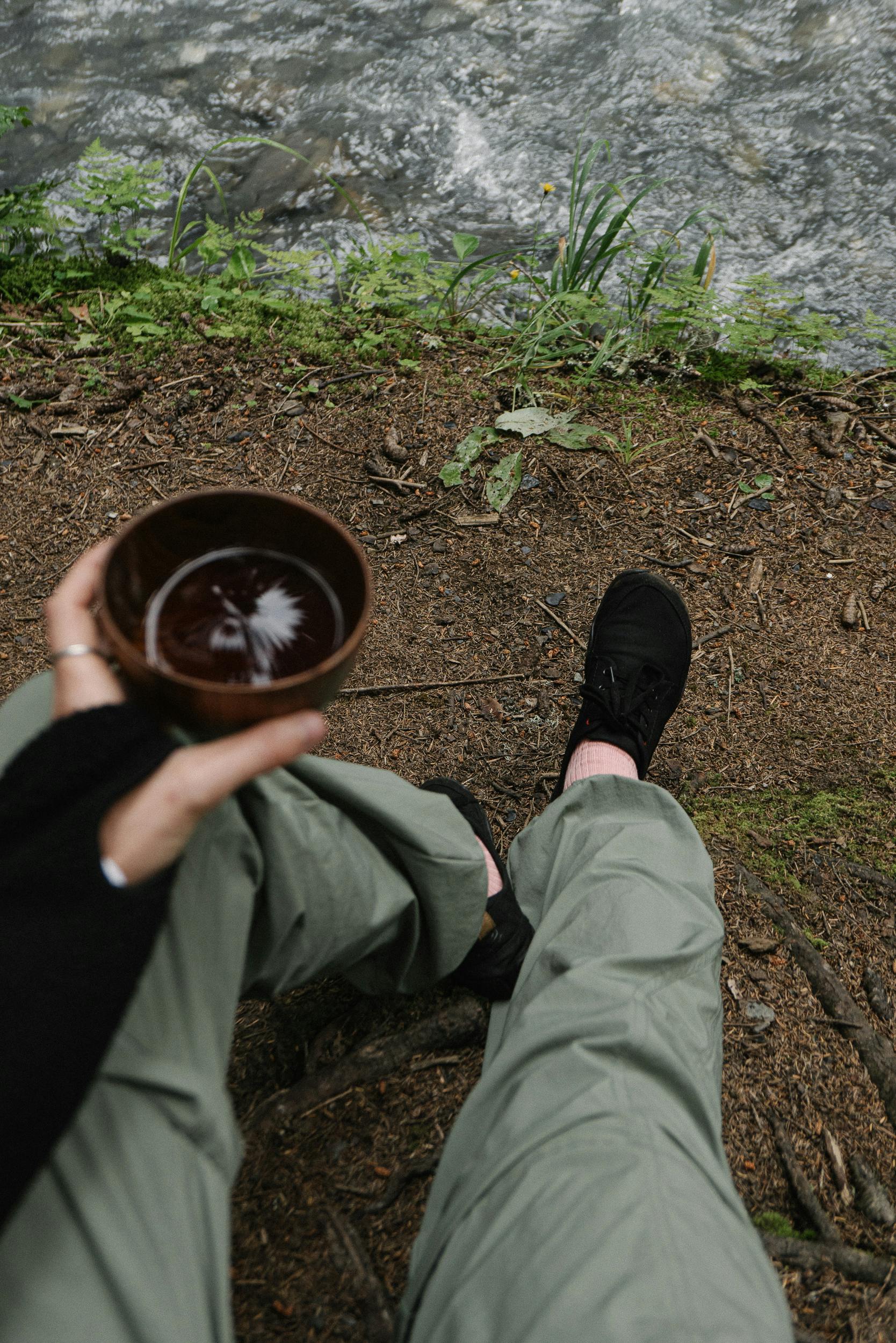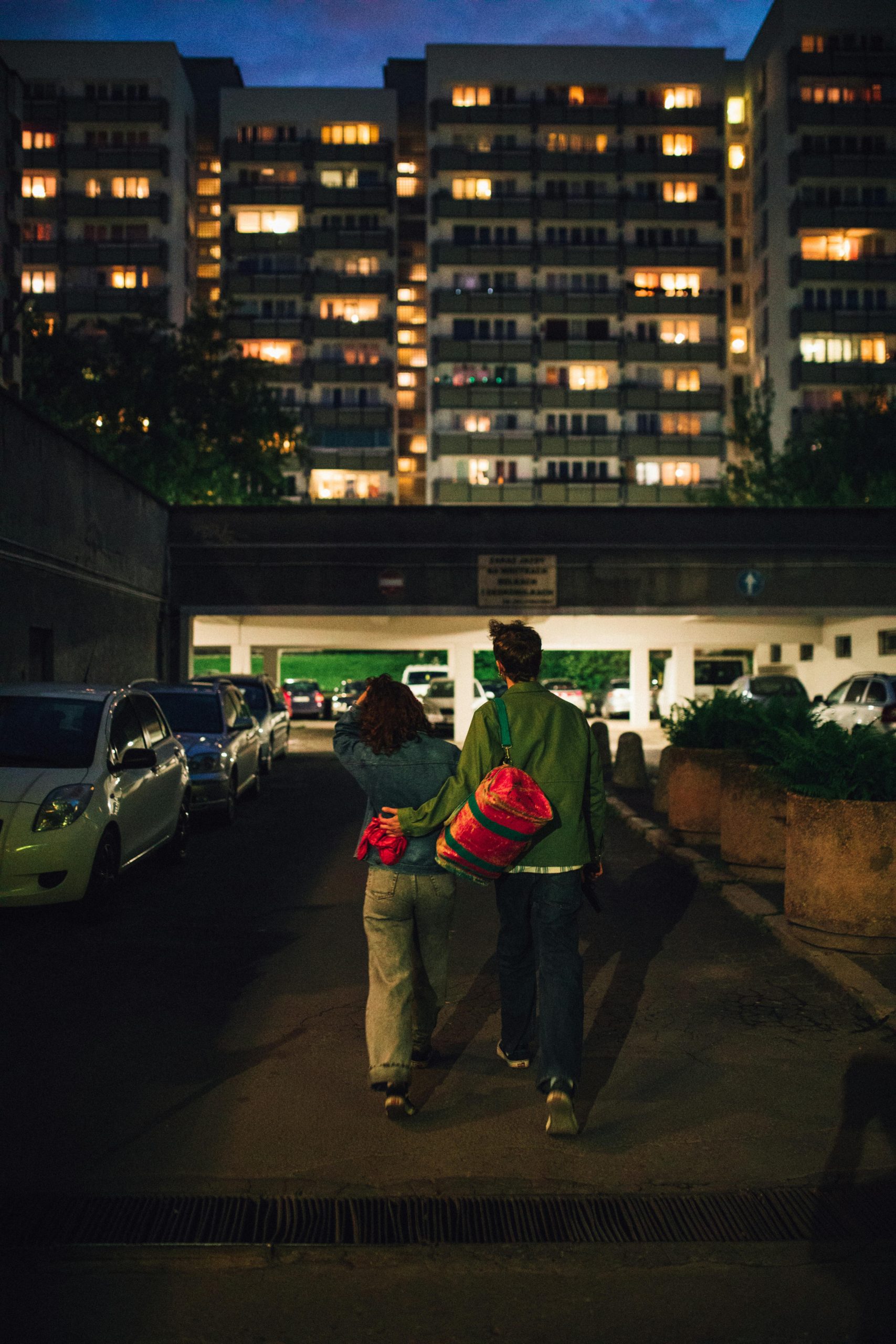Ensuring Safe Drinking Water in the Wilderness: A Comprehensive Guide
When venturing into the great outdoors, one of the most critical considerations is ensuring that the water you consume is safe. Drinking contaminated water can lead to serious health issues, so it’s essential to know how to identify and treat water sources in the bush. Here’s a guide to help you navigate this vital aspect of wilderness survival.
Assessing Water Sources
-
Know Your Surroundings: Not all water sources are created equal. Streams and rivers flowing from mountain areas or springs are generally safer than stagnant bodies of water, which are more likely to harbor harmful bacteria and parasites. Always observe the surrounding environment—avoid water near animal trails, agricultural runoff, or areas with visible pollution.
-
Choose Wisely: If possible, opt for clear, fast-moving water rather than murky, still sources. Natural springs are usually a reliable choice as they are less likely to be contaminated.
Water Treatment Methods
Even with the best assessment, it’s wise to treat water before drinking. Here are some effective methods to purify water in the wild:
-
Boiling: One of the simplest and most effective methods, boiling water for at least one minute (or three minutes at higher elevations) kills most pathogens, including bacteria, viruses, and parasites.
-
Chemical Purification: Water purification tablets containing chlorine or iodine can be effective, but always follow the manufacturer’s instructions for dosage and waiting time. Remember that chemical treatment might not remove all contaminants, such as heavy metals.
-
Filtration Systems: Portable water filters are a practical solution for hikers and campers. Look for filters that can eliminate bacteria and protozoa, but be mindful that not all filters remove chemicals or viruses.
-
UV Light Treatment: UV purifiers use ultraviolet rays to kill pathogens in water. Lightweight and easy to use, these devices are an excellent option for backpackers, though they require batteries.
Storing Treated Water
Once you’ve purified your water, store it in clean, food-grade containers to keep it safe. Avoid reusing containers that held chemicals or other substances to prevent contamination.
Conclusion
When it comes to drinking water in the wilderness, a proactive approach is essential. By assessing water sources critically and employing effective purification methods, you can enjoy your outdoor adventures without the concern of waterborne illnesses. Remember, safe hydration is key to a successful and enjoyable experience in



